The mobile app market is tougher than ever. Each year, it gets harder to make your app stand out.
Why is that? Because thousands of new apps are launched every month in the Apple App Store and Google Play Store. That’s why it’s super important to know the best mobile app marketing strategies.
We’ve put together this easy guide just for you, highlighting the most effective strategies for 2024. Keep reading to find out more!
Guide: How to create a mobile app marketing strategy
What is Mobile App Marketing?
Mobile app marketing is all about connecting with your users from the moment they first hear about your app to when they become loyal fans. To do this well, you need to:
- Know Your Audience: Understand who your users are.
- Reach Them: Find the best ways to connect with them.
- Communicate Clearly: Share your message in a way that resonates with them.
- Analyze Behavior: Look at how they use your app.
Mobile app usage usually follows a few stages, often shown as a funnel. Each stage needs different strategies and techniques for your marketing to succeed.
Keep in mind that users might move back and forth between these stages. This back-and-forth is known as the mobile engagement loop.

The best mobile app marketing strategies for promotion
 Source: Pexels
Source: PexelsHow to promote an app – stage 3: activation
“Users typically utilise an average of 10 applications per day”
In fact, up to 90% of users might uninstall your app after just one use. To keep them engaged, your app needs to create a “wow effect” and show its value right away. If users don’t have this positive experience, they’re likely to stop using your app.
Key Metrics for Activation Stage:
- Onboarding Sequence: This measures how well users are moving through the initial steps in your app. It could involve actions like creating an account, adding a first friend, or making a first purchase.
- Activation Percentage: This is the percentage of users who downloaded your app and completed the onboarding steps.
If you notice that many users are downloading but not using your app, it’s time to improve the onboarding process. You can do this by:
- Simplifying Instructions: Make the steps easy to understand.
- Improving Design: Ensure the app looks appealing and is user-friendly.
- Adding Incentives: Offer rewards or prompts that encourage users to take action.
By enhancing the onboarding experience, you’ll help users see the value of your app and keep them engaged!
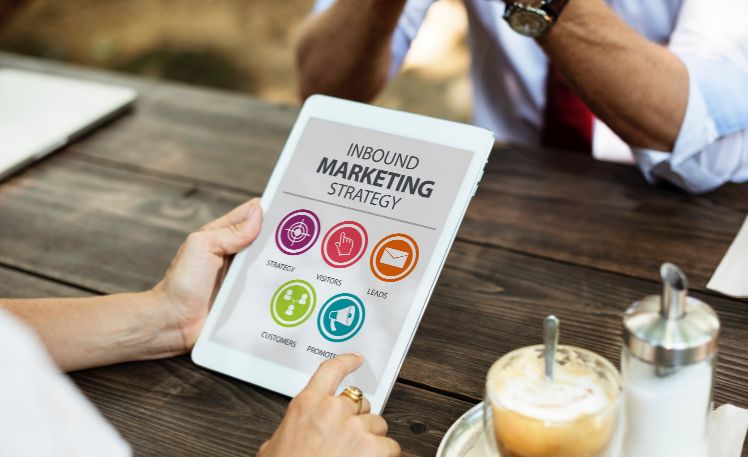
How to promote an app – stage 4: Retention
Now that users have installed your app and gone through the onboarding process, it’s important to see how often they actually use it. By understanding their usage patterns, you can make improvements that keep them coming back.
Key Metrics for Retention Stage:
- Active Users: Keep track of how many users are active daily and monthly. This helps you see who is regularly using your app.
- Session Duration: Measure how long users spend in the app during each session. This information can help you identify which screens or tasks cause users to leave.
- Uninstall Rate: Monitor how many users uninstall your app and, importantly, when they do it. This can reveal patterns that need addressing.
If you notice that users aren’t coming back, it’s time to take action. Consider using incentives like:
- Push Notifications: Send reminders or updates to encourage users to return.
- Emails: Reach out with tips, new features, or special offers.
This stage is crucial for keeping users engaged and preventing them from uninstalling your app!
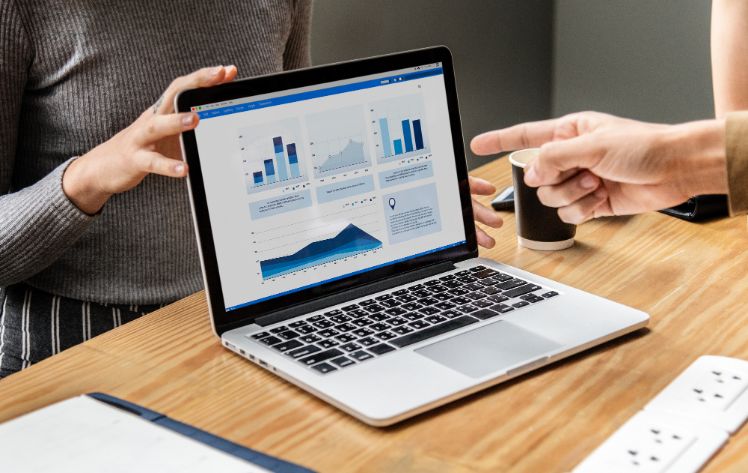
How to promote an app – stage 5: monetisation
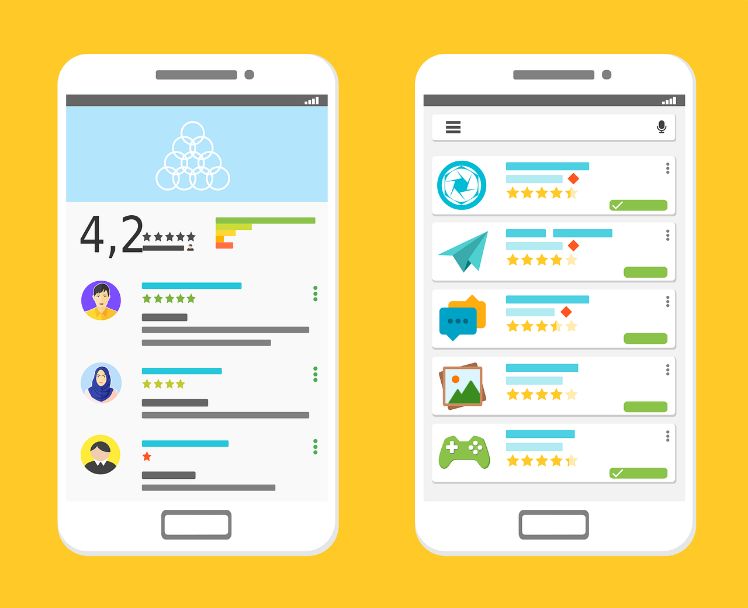
How Do I Successfully Market My App In 2024?
Marketing your app is crucial for its success. To do it effectively, start by defining your target audience, using the right channels to reach them, and—most importantly—measuring everything you do.
A data-driven approach and careful planning help you reach your goals quickly and efficiently. Identify your main marketing channel early on, as this will likely be where around 80% of your downloads come from.
Whether you focus on App Store Optimization (ASO), Search Engine Optimization (SEO), social media, paid ads, or a mix of strategies, having a clear roadmap is essential for effectively marketing and growing your mobile app.
Need Help from Mobile Marketing Experts?
If you’re unsure how to create a mobile app marketing plan, we’re here to assist! We can connect you with top app promotion experts from around the world.
At Easy2IT, we understand your needs. Our teams are experienced and have been thoroughly vetted to ensure you can trust us.
Let us help you find the best mobile marketing experts to promote your app successfully. Share your goals and needs through this form, and we’ll reach out soon with a solution!
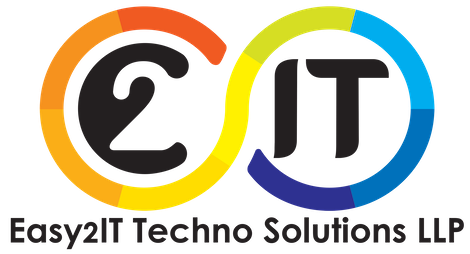
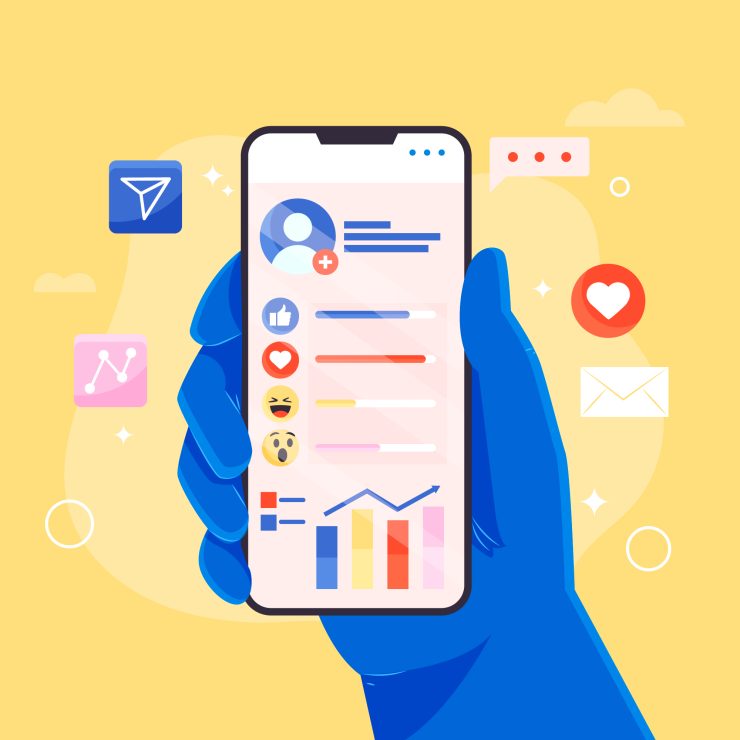



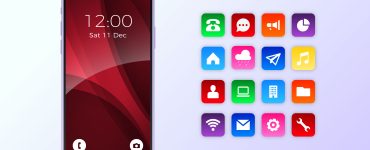










Add comment